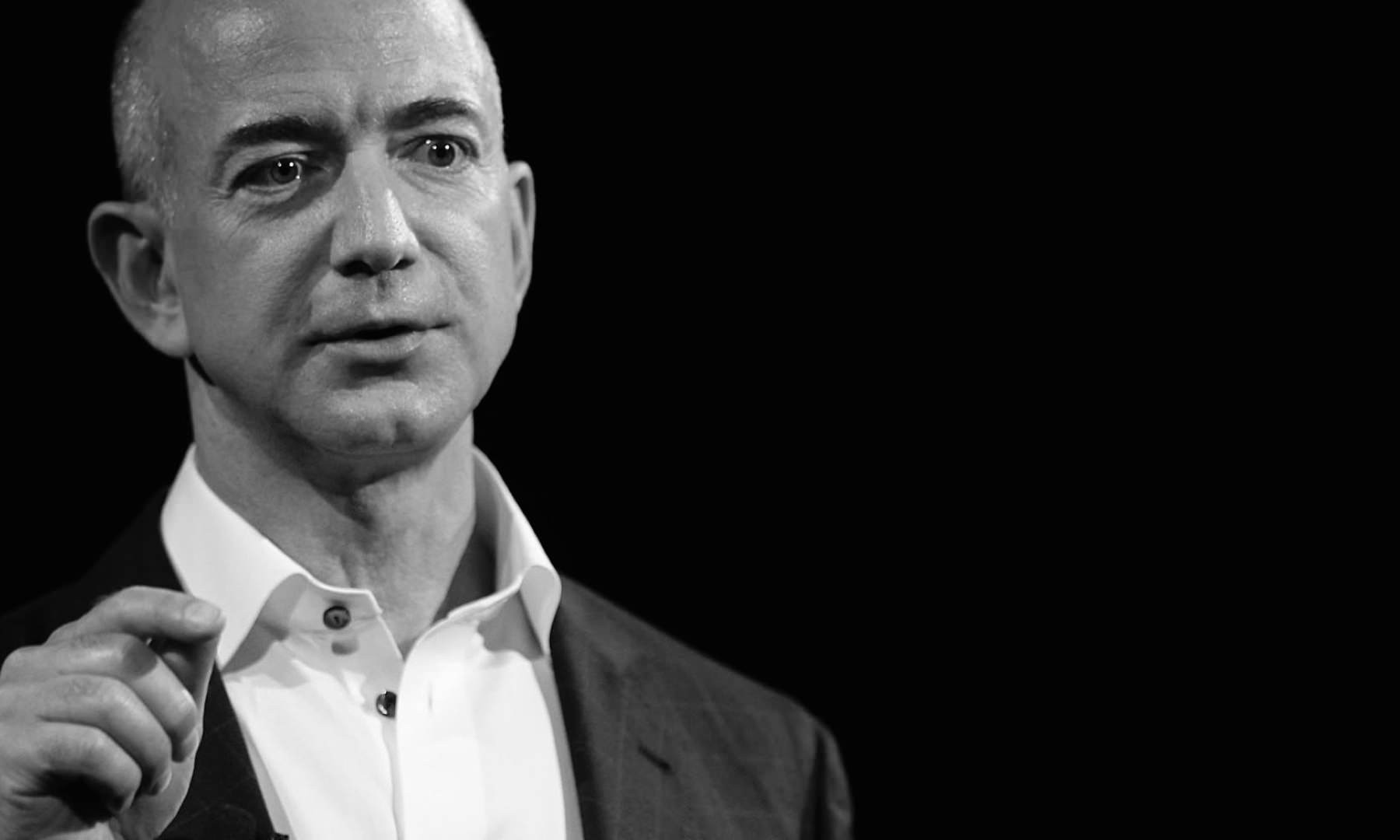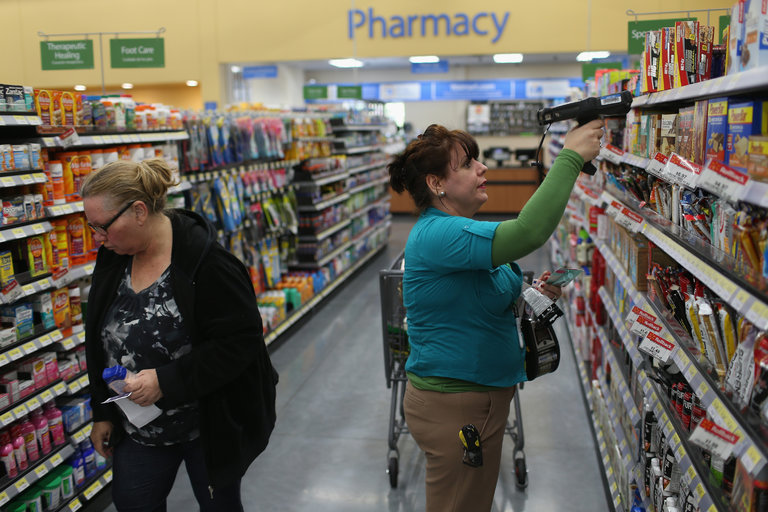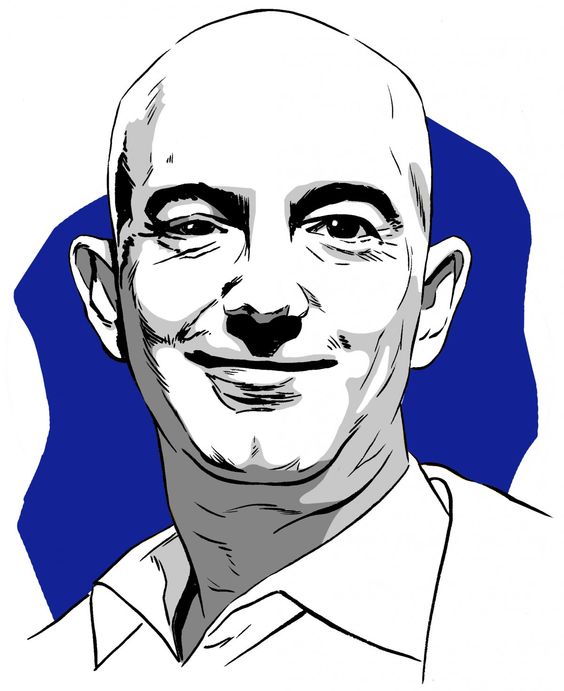Is the US ad business about to collapse?
Sure people have been saying that for years.
But that does not mean it couldn’t happen.
In the US, there was almost triple the amount of sports content there was ten years ago but fewer people are watching.
On top of that, Tech giants are buying the digital rights to sporting events. Amazon recently purchased NFL streaming rights for $50m (quintupling the bid from last year from Twitter.)
Facebook has also obtained the rights to begin streaming Major League Soccer matches and is in talks to buy digital rights to major league baseball games.
In the next 24 months we can going to have one of the big four – Amazon, Apple, Google or Facebook – buy the rights to the Olympics or the Superbowl.
One critic said: “This is one of the last bricks to fall from the wall protecting the industrial ad complex.”
Posted in: Infographic of the day | Leave a Comment










